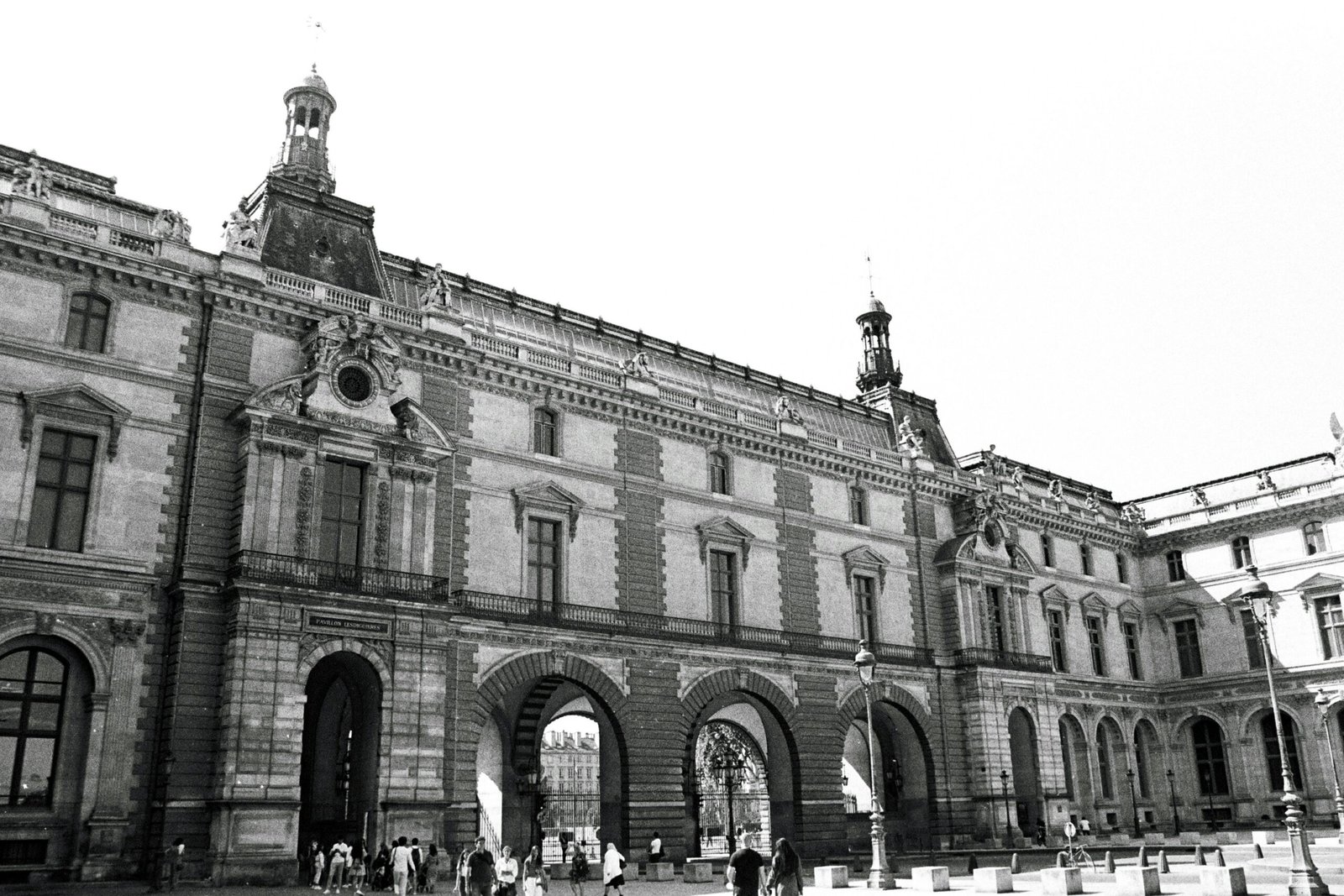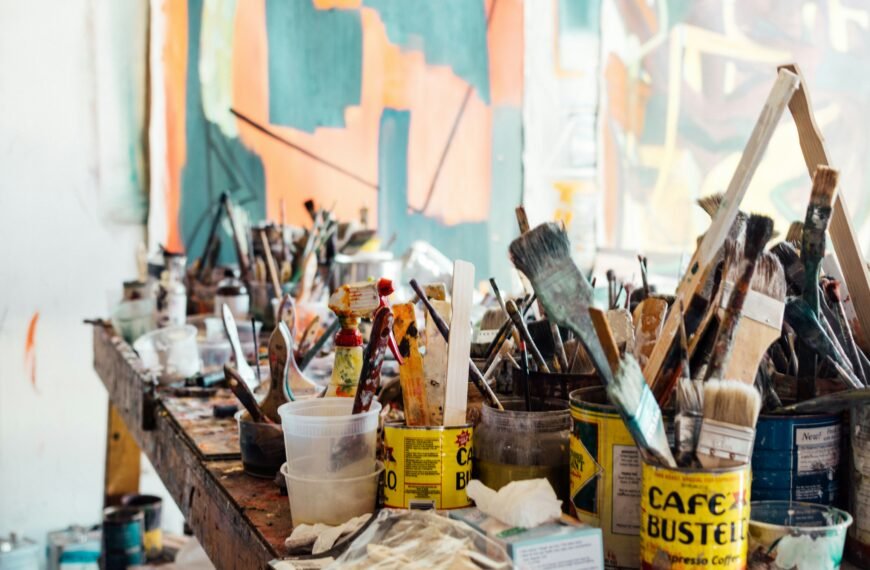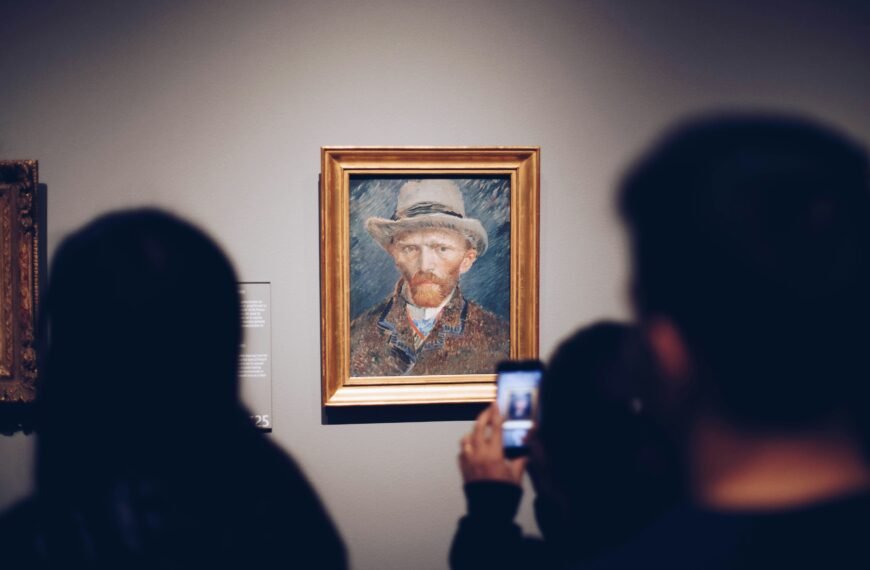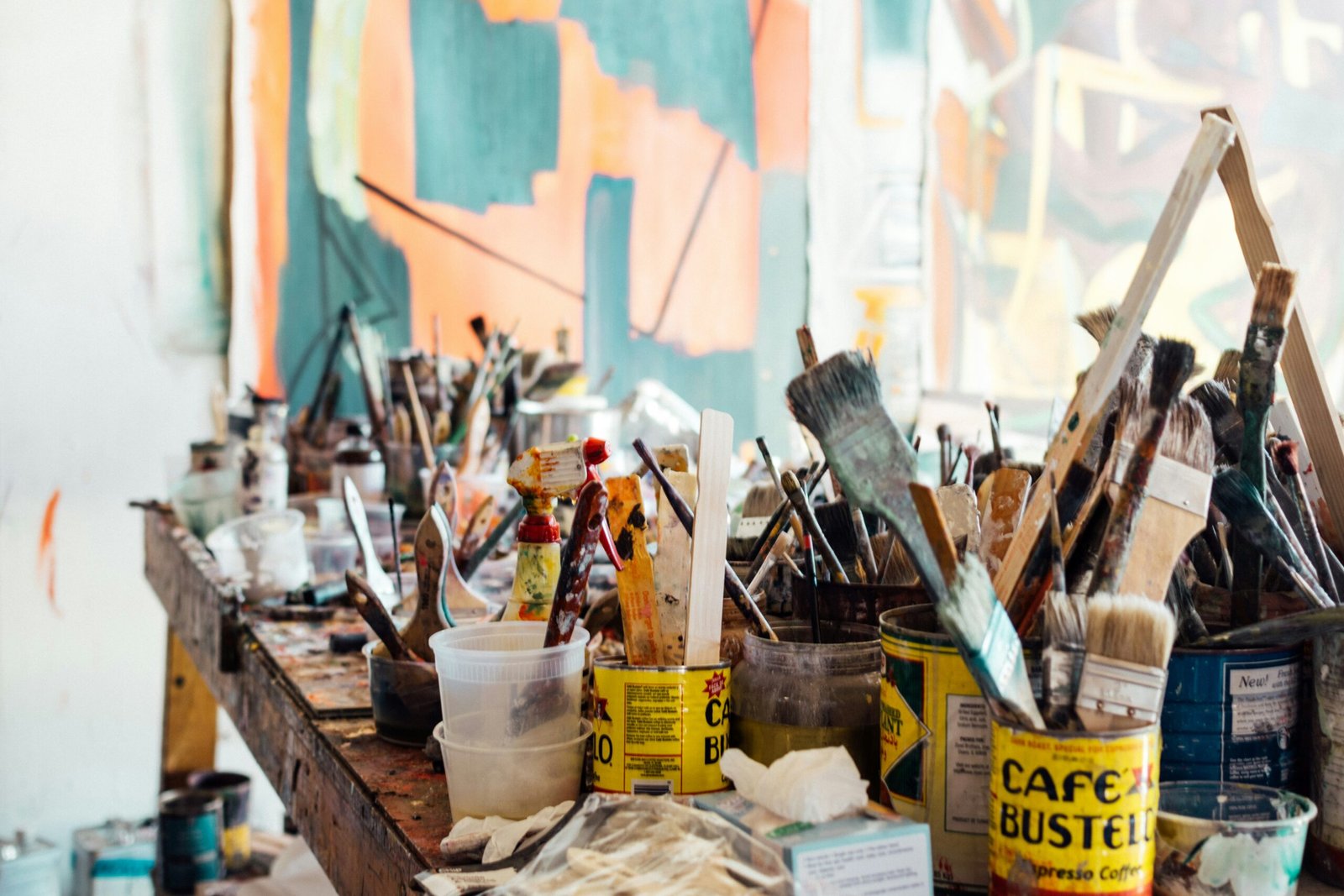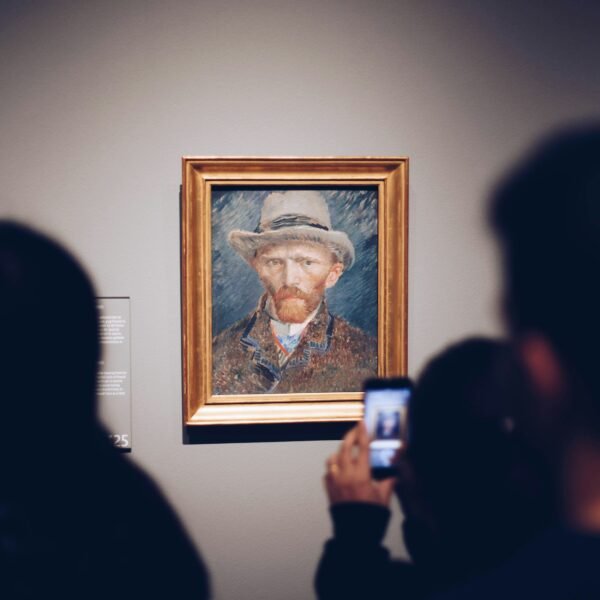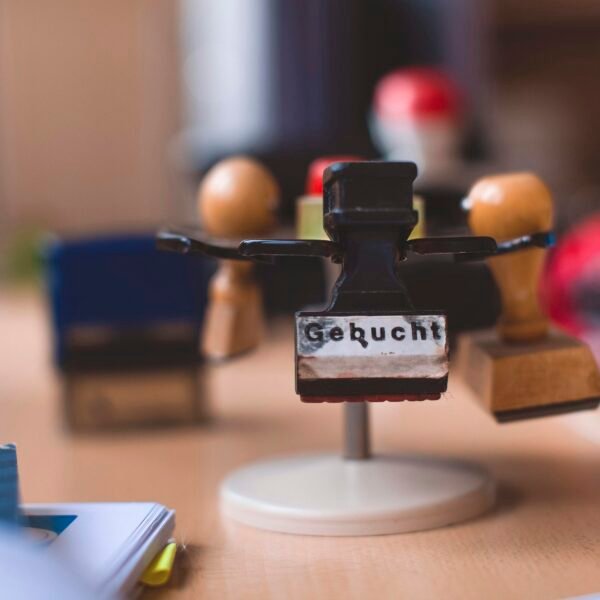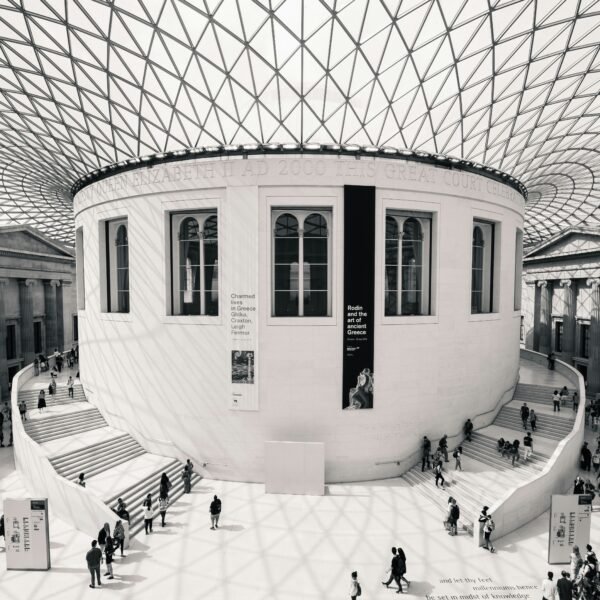Have you ever wondered about the legal battles that can arise over ancient artifacts? In a recent case, a California collector is fighting against the seizure of a Roman bronze statue by New York investigators. Let’s take a closer look at the details of this ongoing dispute and the arguments being made by both sides.
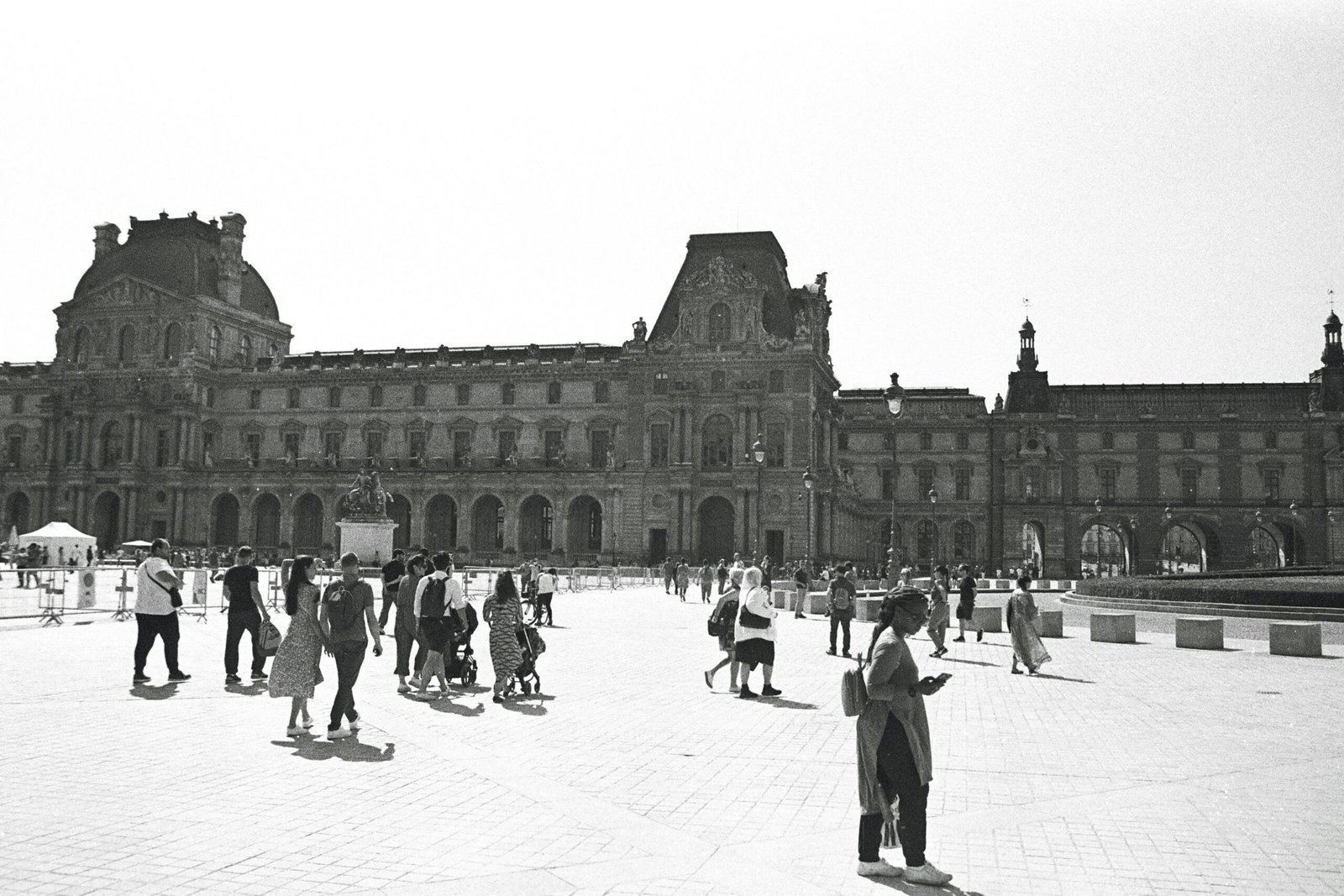
Legal Battle Over Roman Bronze Statue
In this legal battle, the Manhattan district attorney’s office is attempting to seize an ancient Roman bronze statue from a California collector, Aaron Mendelsohn. The collectors’ lawyers have contested the jurisdiction of the investigators in seizing the statue and have accused them of pressuring their client to give up the artifact. This case highlights the complexities and challenges of proving ownership and provenance of ancient artifacts.
Jurisdiction Dispute
The crux of the legal dispute in this case revolves around the issue of jurisdiction. The California collector’s lawyers argue that the Manhattan district attorney’s office does not have the authority to seize the Roman bronze statue in California. They claim that the investigators are overstepping their jurisdiction boundaries by attempting to confiscate the artifact from a location outside of New York.
Ownership Claims
Another key aspect of the legal battle is the ownership claims made by both parties. The California collector asserts that he has good title to the Roman bronze statue and denies the allegations that it was looted from an archaeological site in Turkey. On the other hand, the investigators argue that there is evidence linking the statue to looting activities in the 1960s and are using the threat of prosecution to pressure the collector into relinquishing the artifact.
Challenges in Proving Provenance
Proving the provenance, or the origin and ownership history, of ancient artifacts can be a challenging task. In cases where artifacts have changed hands multiple times over the centuries, establishing a clear and documented chain of ownership becomes crucial. The lack of documentation or records for ancient artifacts can complicate matters and lead to disputes like the one between the California collector and the investigators.
Documented History
One of the primary challenges in proving the provenance of ancient artifacts is the lack of documented history. Many artifacts were excavated or acquired decades or even centuries ago, and the records of their origins may have been lost or destroyed over time. Without clear documentation or provenance records, it becomes difficult to establish the legitimacy of ownership claims.
Looting and Illegal Trafficking
Another challenge in proving provenance is the prevalence of looting and illegal trafficking of ancient artifacts. Many artifacts have been stolen from archaeological sites or illegally excavated and sold on the black market. These illegal activities often result in a lack of documentation and provenance records, making it hard to determine the rightful owners of the artifacts.
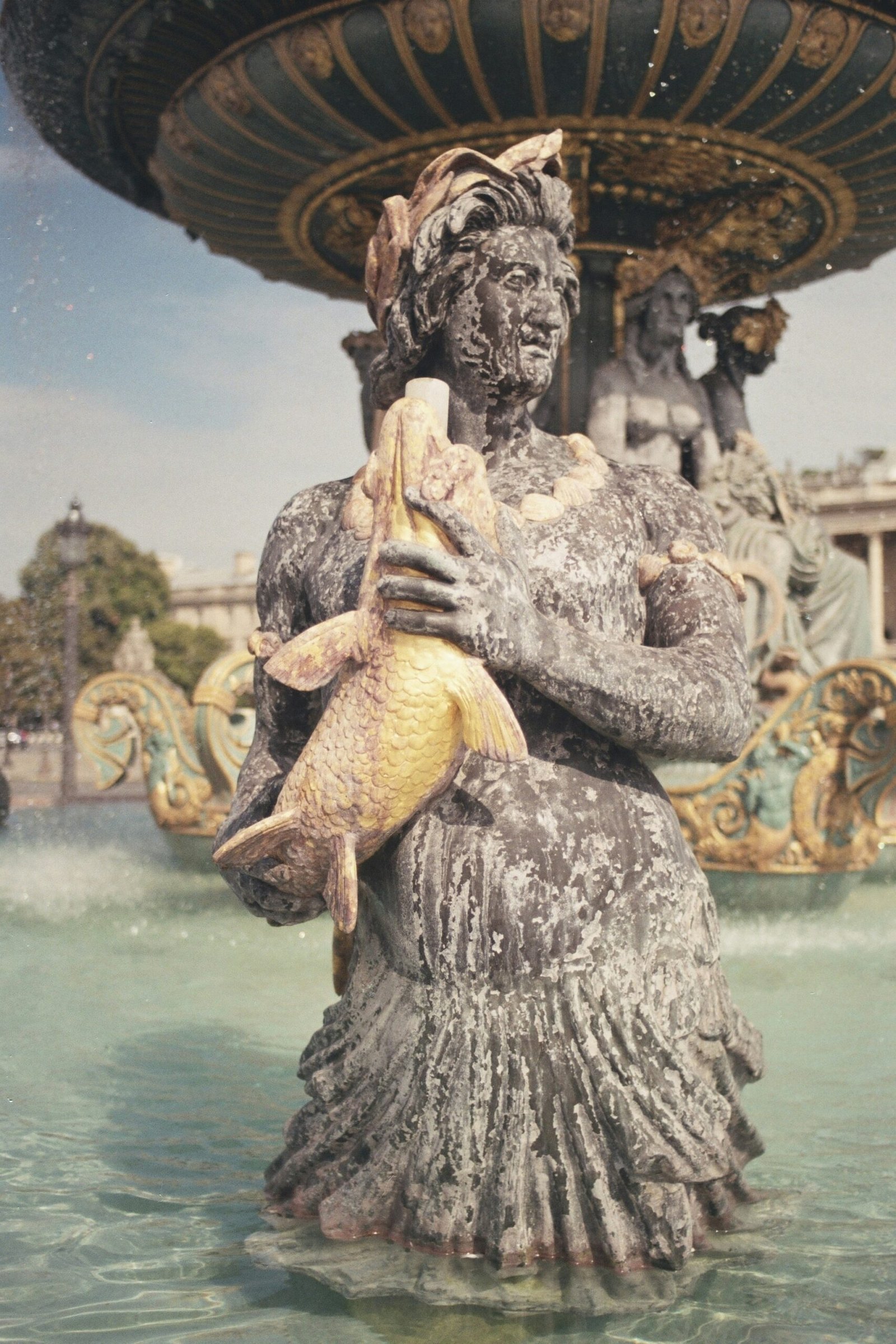
The Role of Investigators and Legal Authorities
In cases involving disputed artifacts, investigators and legal authorities play a crucial role in determining the provenance and ownership of the items. They conduct thorough investigations, analyze evidence, and work to establish the authenticity of the artifacts. However, their actions can also be subject to legal challenges, as seen in the case of the California collector and the Roman bronze statue.
Investigative Techniques
Investigators use a variety of techniques to trace the provenance of ancient artifacts, including forensic analysis, historical research, and expert consultation. By examining the physical characteristics of the artifacts, studying historical records, and consulting with specialists, they can build a case for the authenticity and ownership history of the items.
Legal Challenges
Legal challenges, such as jurisdiction disputes and ownership claims, can complicate the efforts of investigators to seize disputed artifacts. In the case of the California collector, the legal battle has raised questions about the authority of the investigators and the evidence they have presented. These challenges underscore the complexities involved in resolving disputes over ancient artifacts.
The Significance of Cultural Heritage
The legal battle over the Roman bronze statue highlights the broader issue of protecting cultural heritage and preserving ancient artifacts. Ancient artifacts are not only valuable from a historical and artistic standpoint but also hold cultural significance for communities around the world. Preserving these artifacts and ensuring their rightful ownership is essential to safeguarding our shared cultural heritage.
Cultural Preservation
Preserving ancient artifacts helps to protect and promote cultural heritage for future generations. These artifacts provide valuable insights into the history, art, and society of ancient civilizations, enriching our understanding of past cultures. By safeguarding these artifacts, we can ensure that they remain accessible to scholars, researchers, and the public.
Ethical Considerations
There are also ethical considerations involved in the ownership and acquisition of ancient artifacts. The looting and trafficking of artifacts not only deprive communities of their cultural heritage but also contribute to the illicit trade in stolen artifacts. Ethical stewardship of ancient artifacts requires a commitment to preserving cultural heritage and upholding the rightful ownership of these valuable treasures.
In conclusion, the legal battle over the Roman bronze statue between the California collector and New York investigators sheds light on the challenges and complexities of proving provenance and ownership of ancient artifacts. As the case unfolds in court, it underscores the importance of preserving cultural heritage, protecting ancient artifacts, and upholding ethical standards in the art world.By
